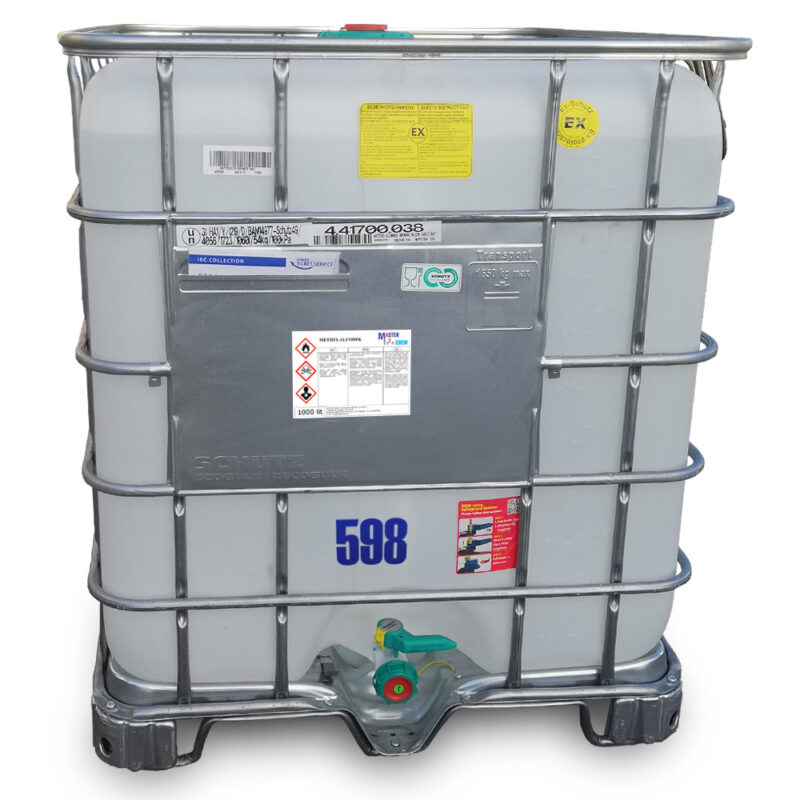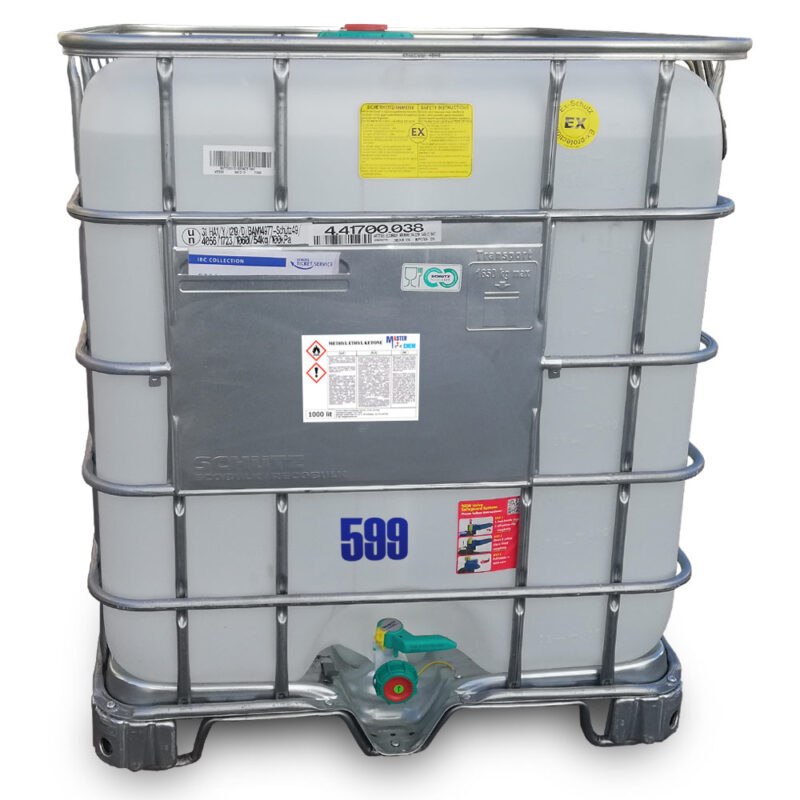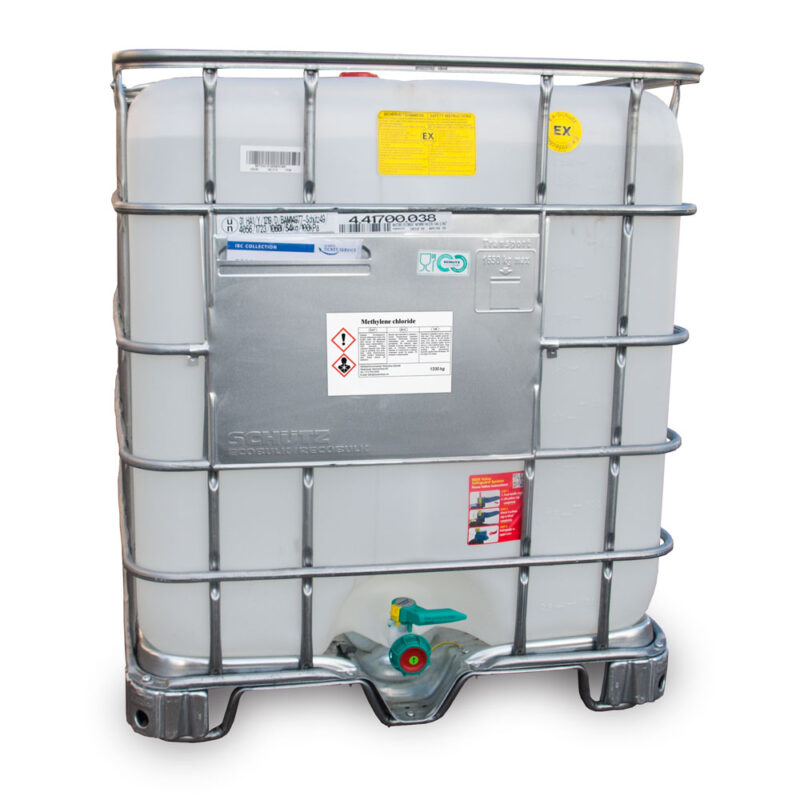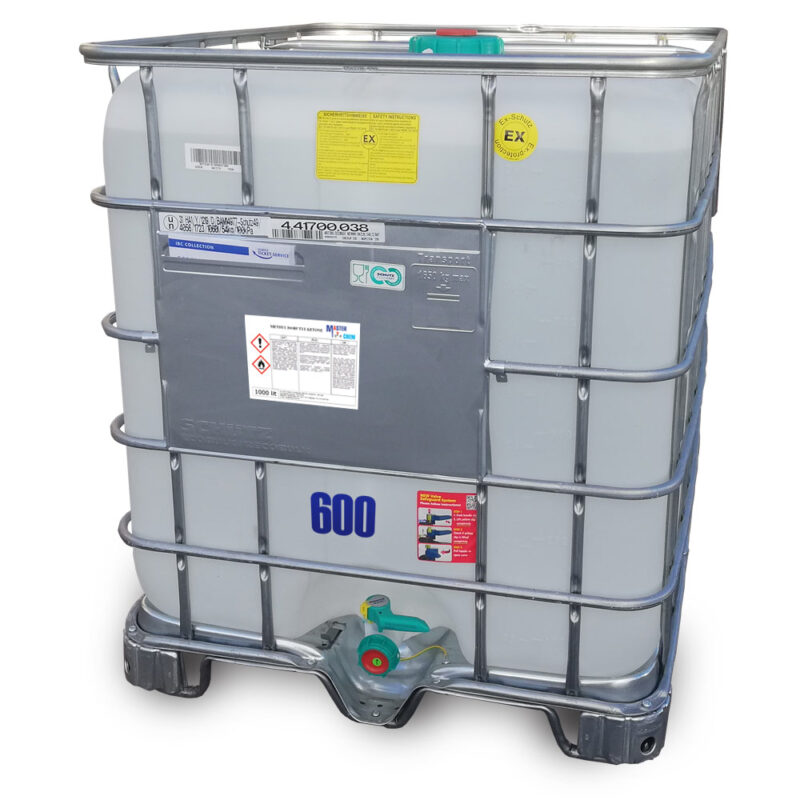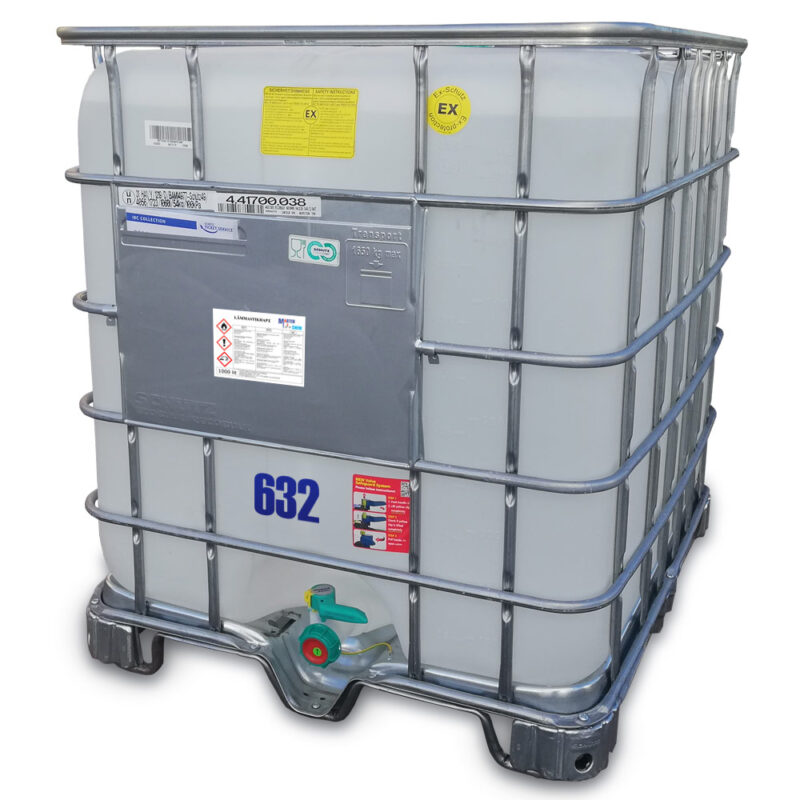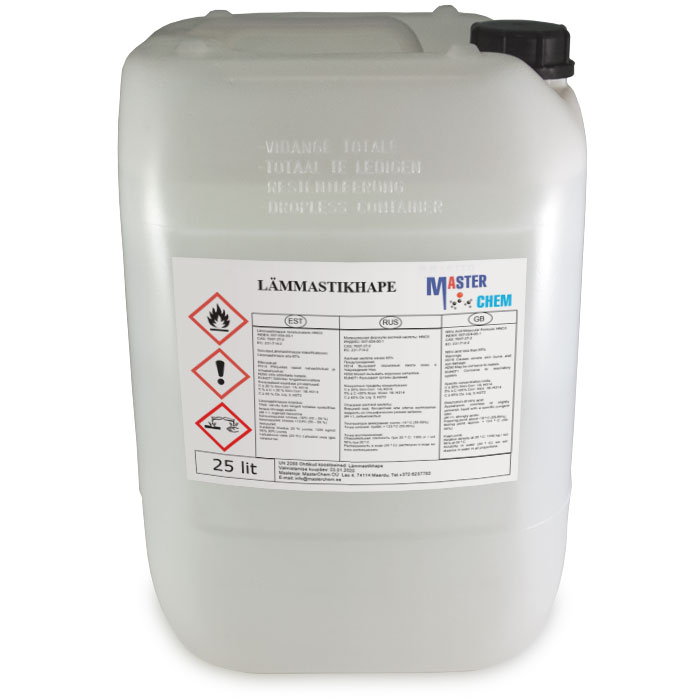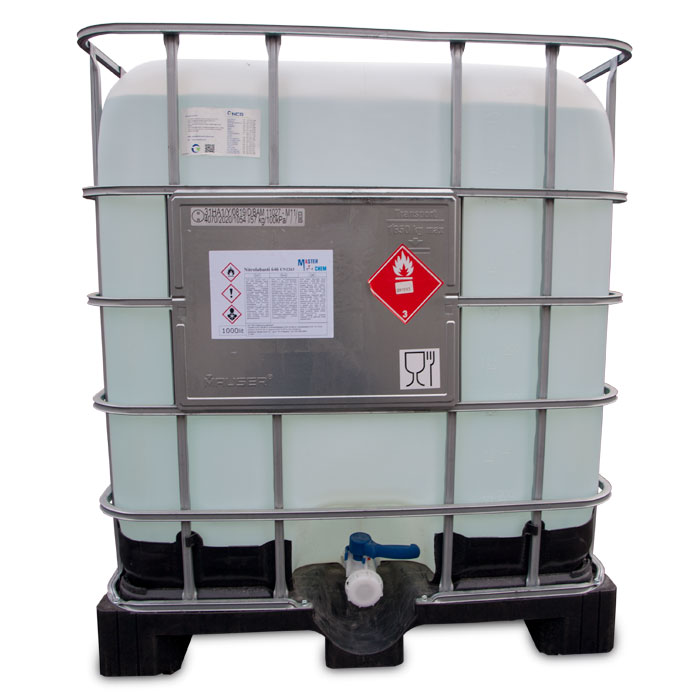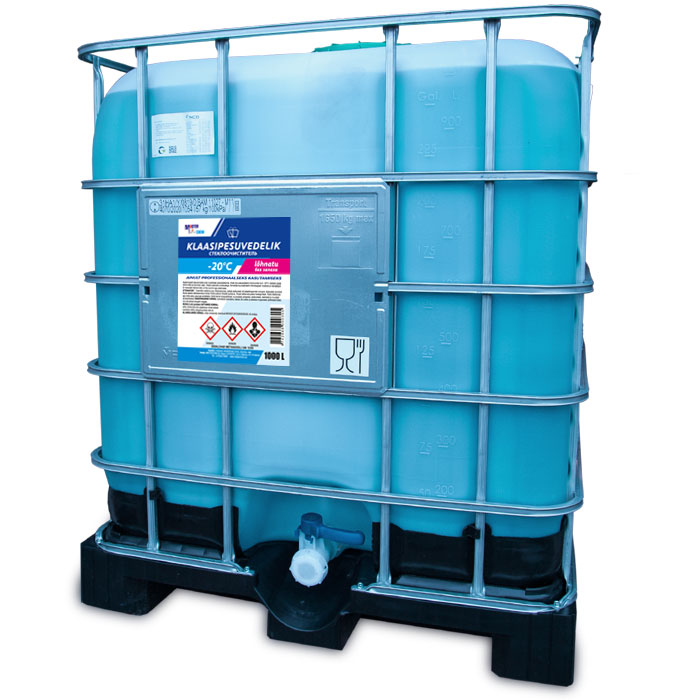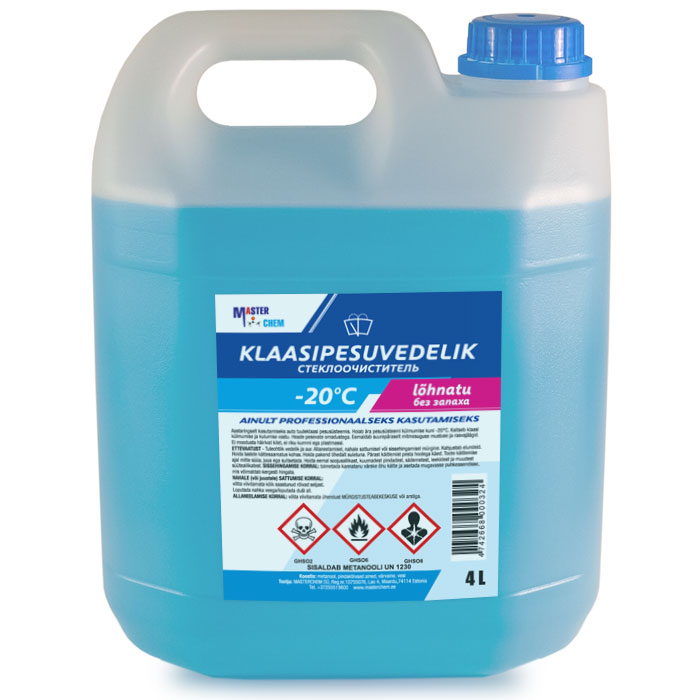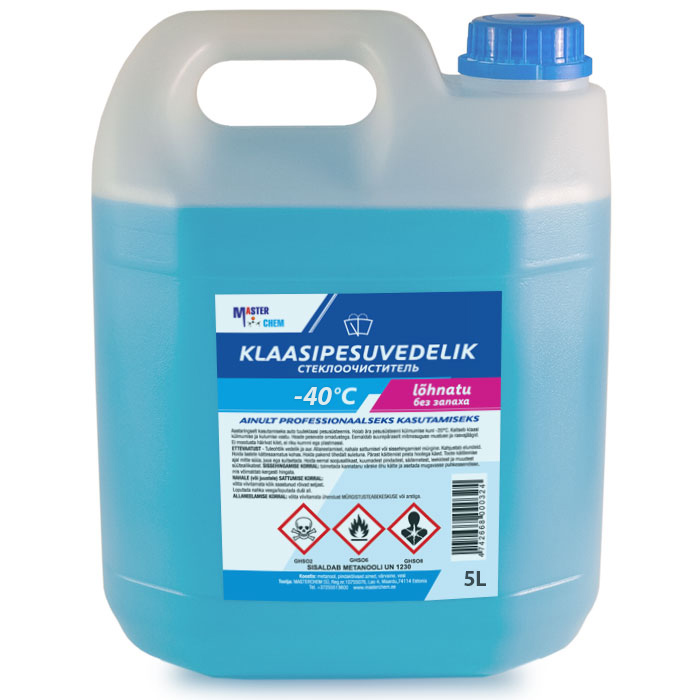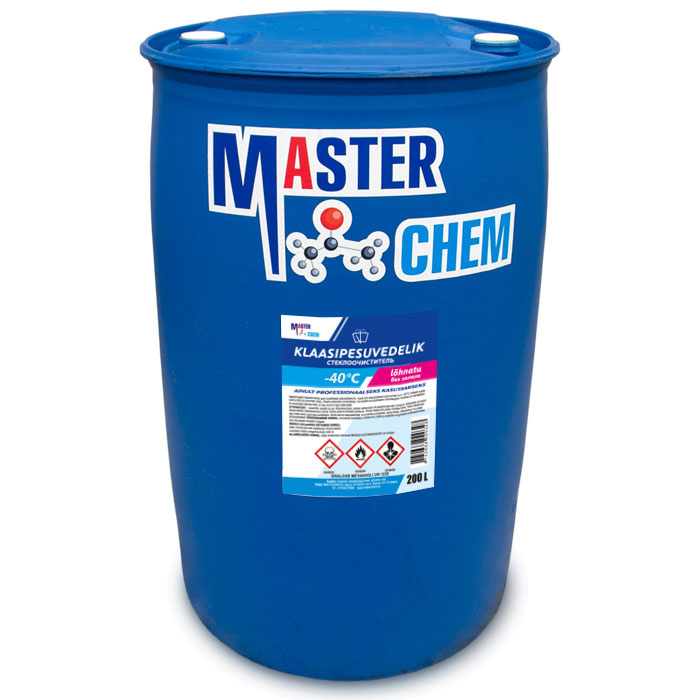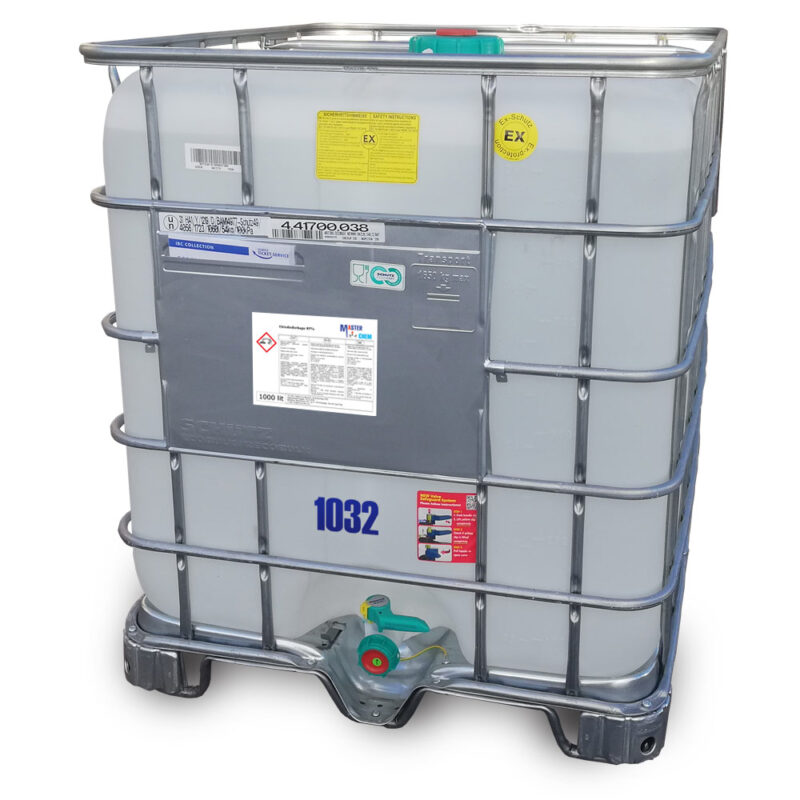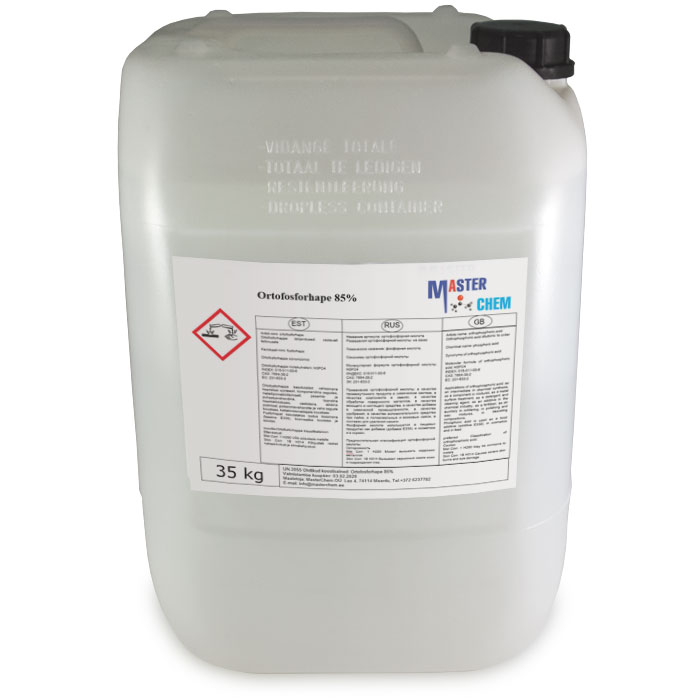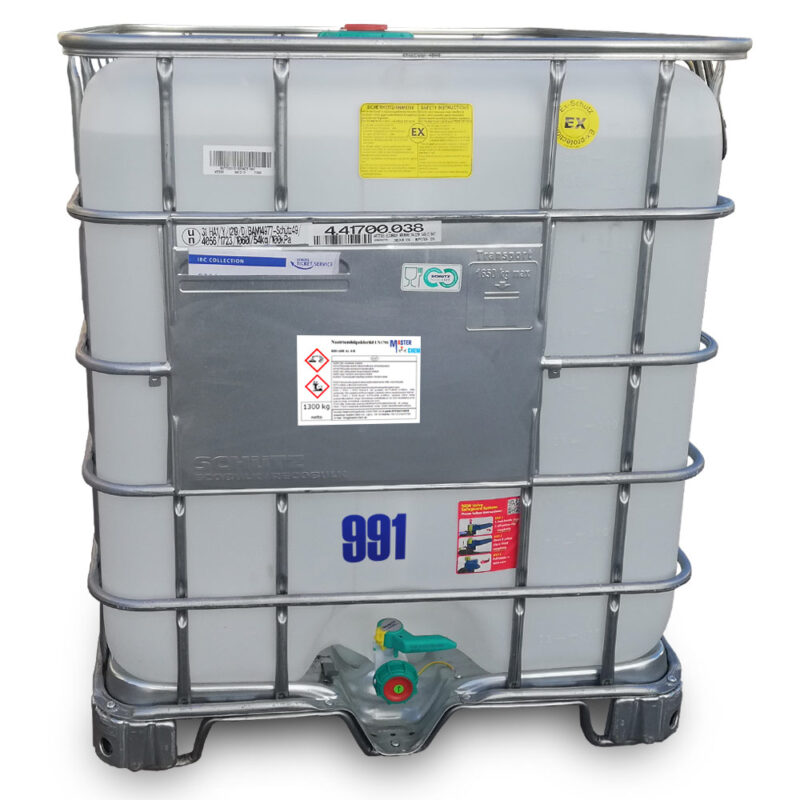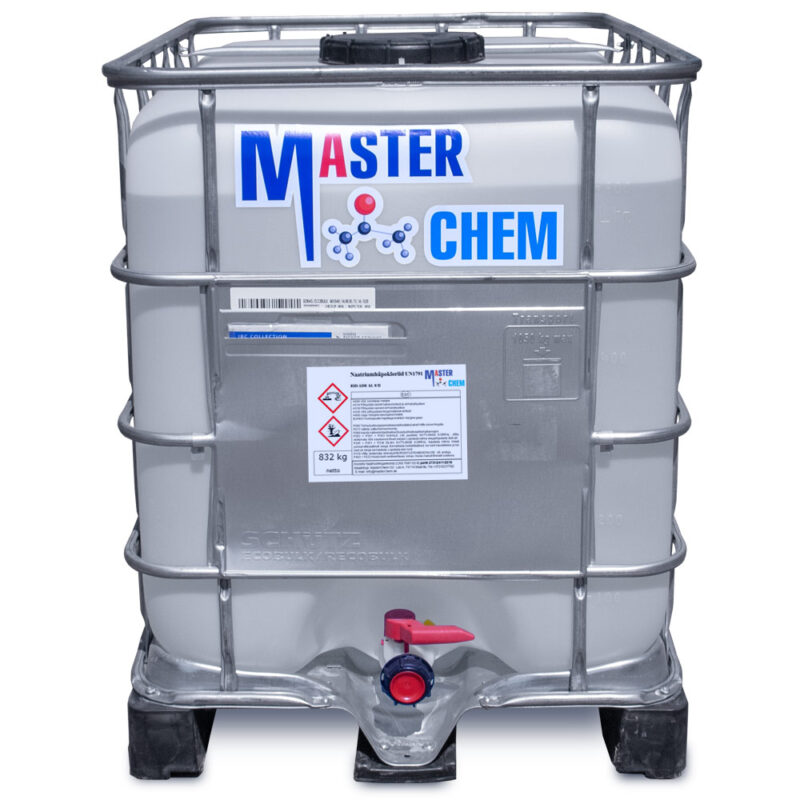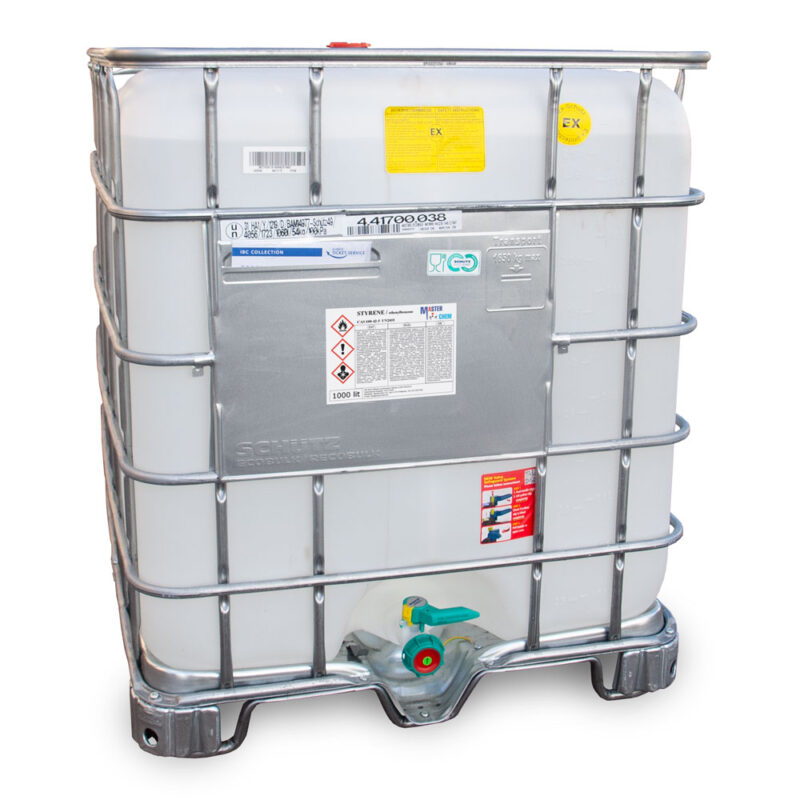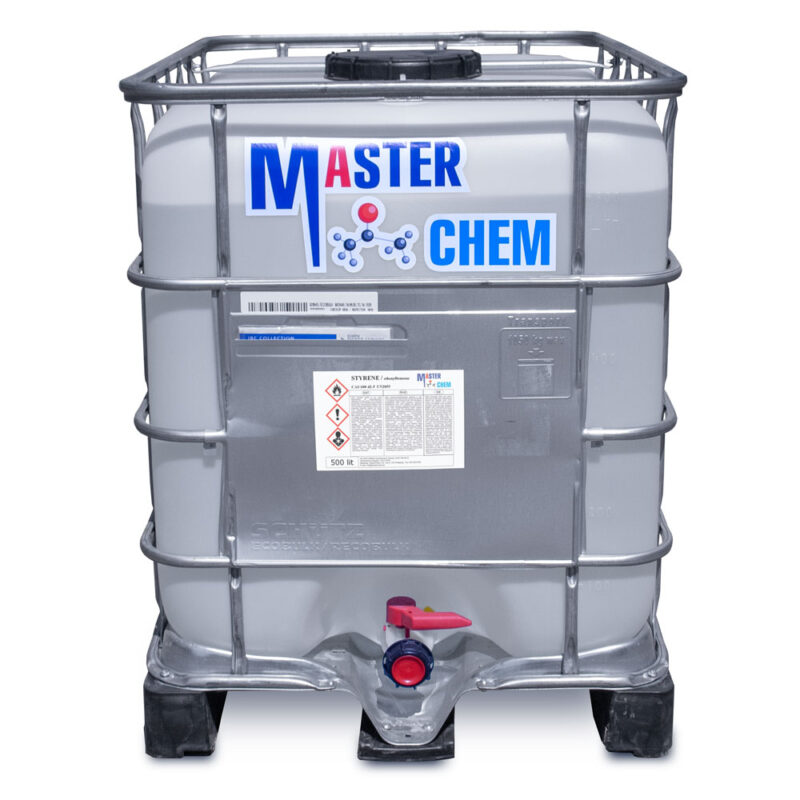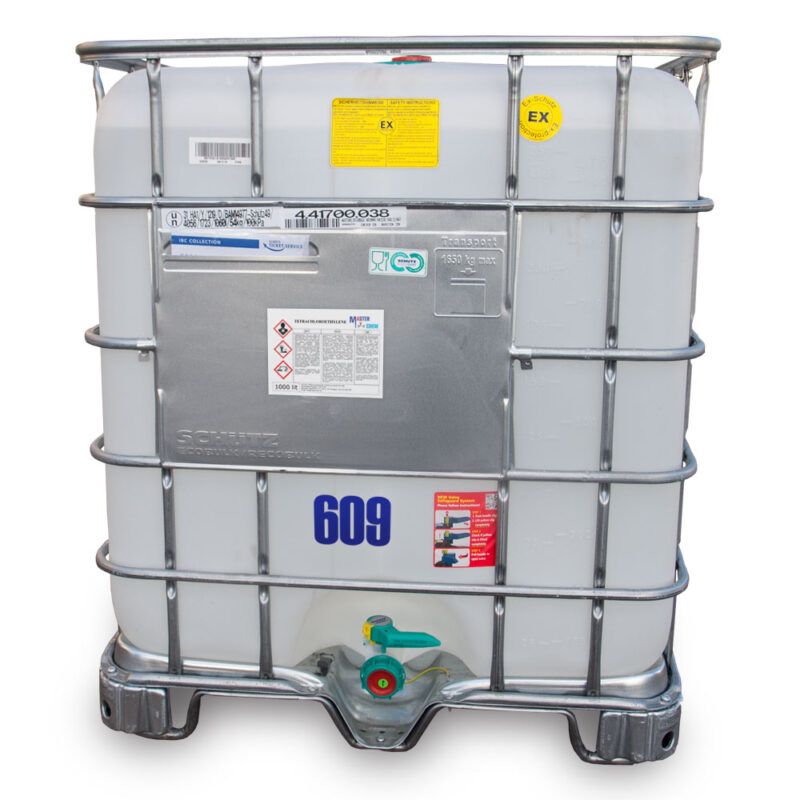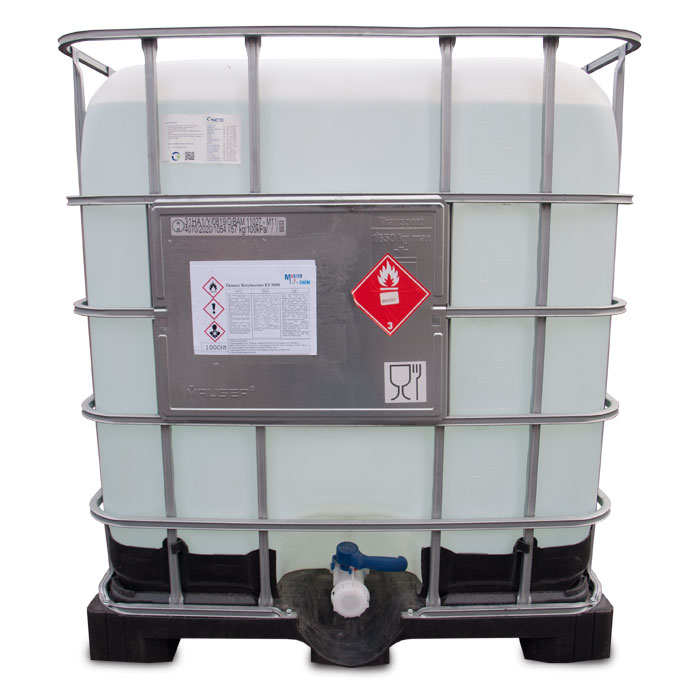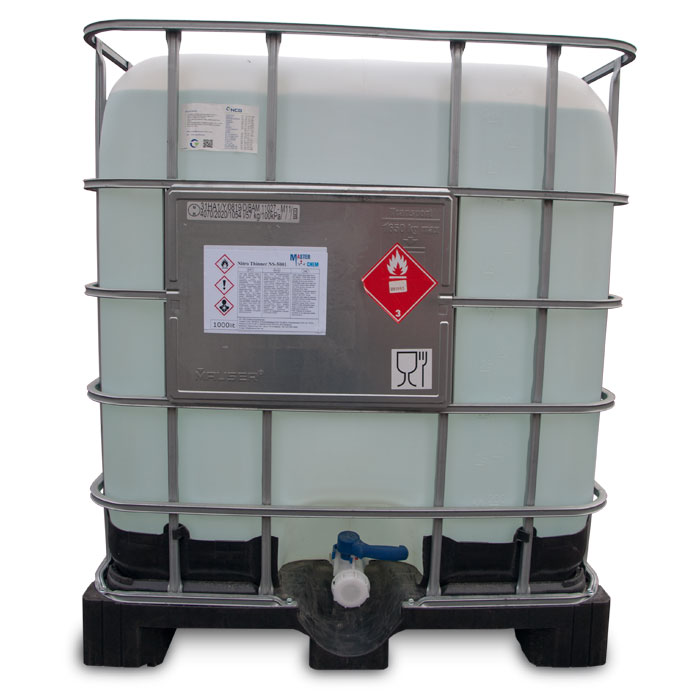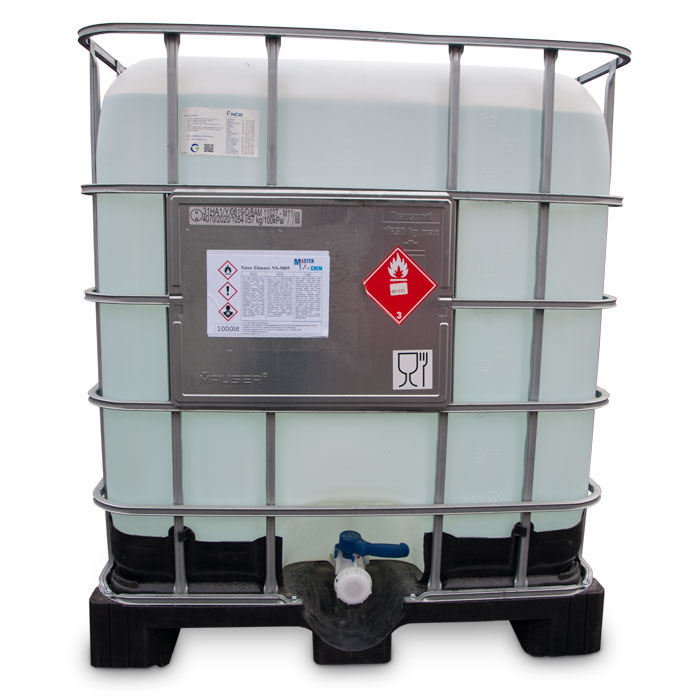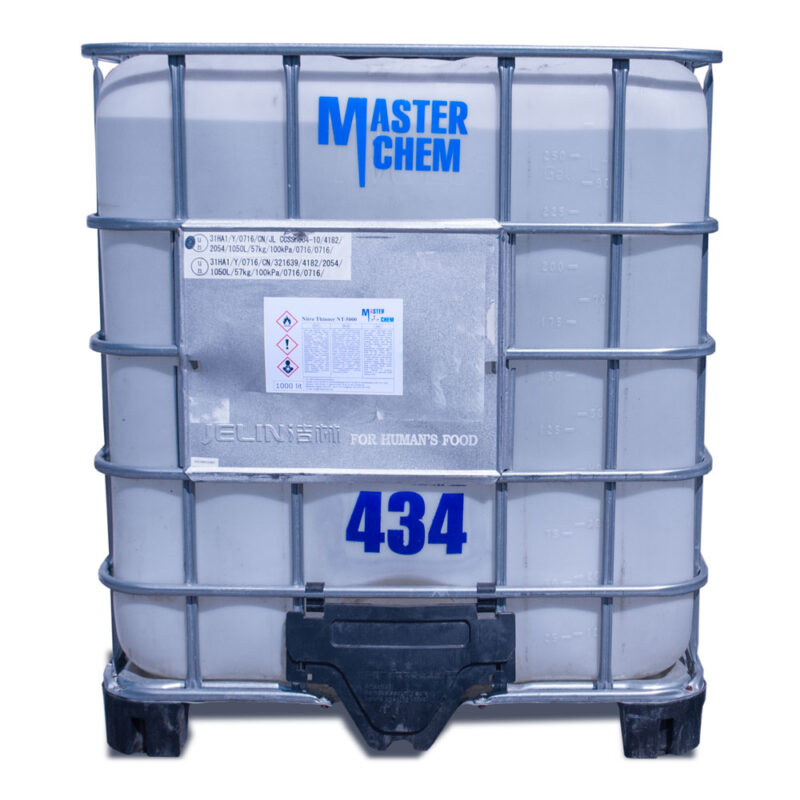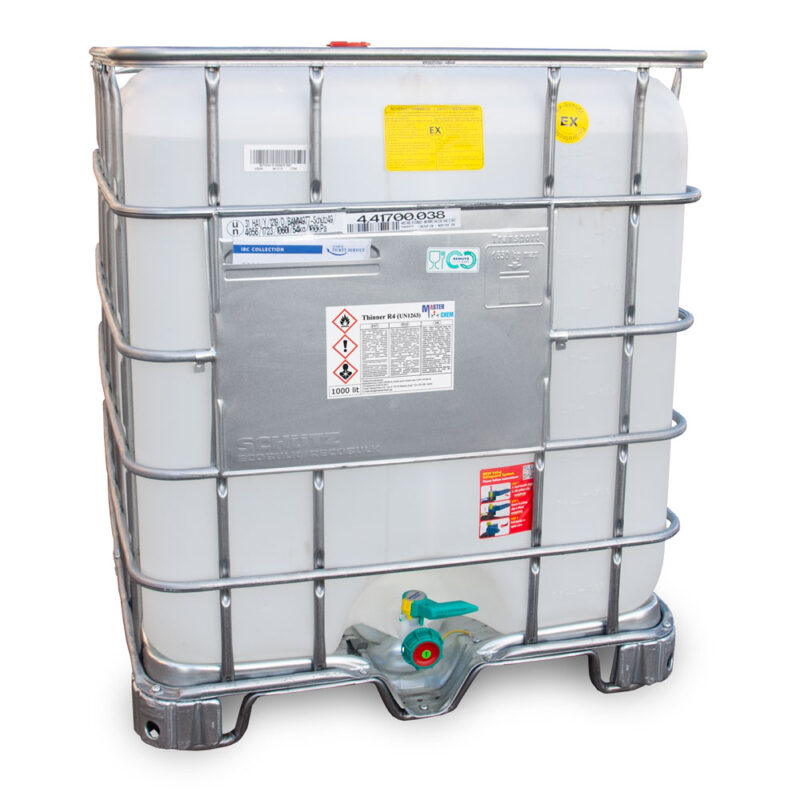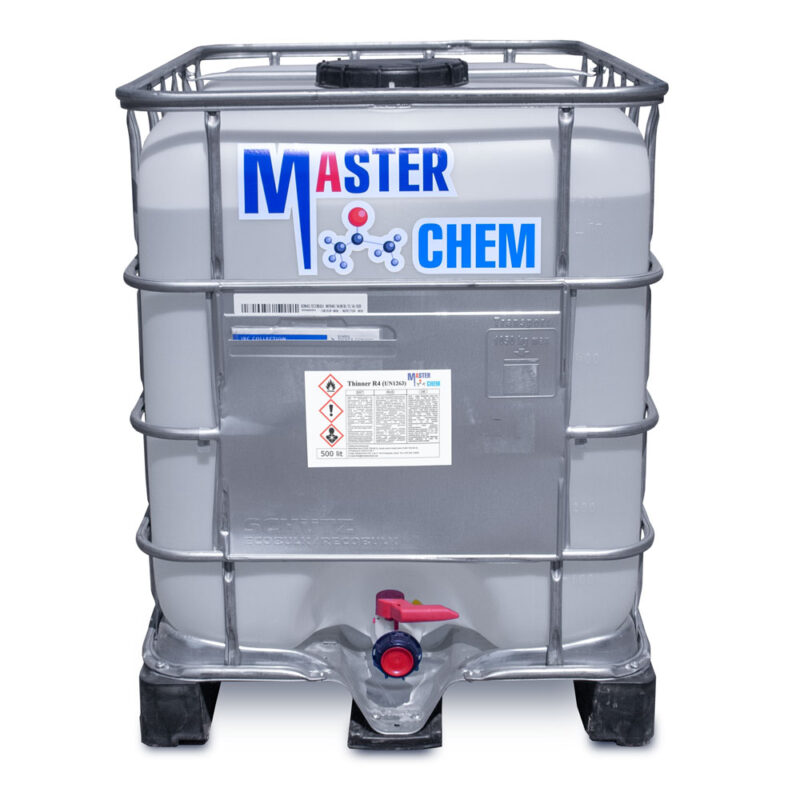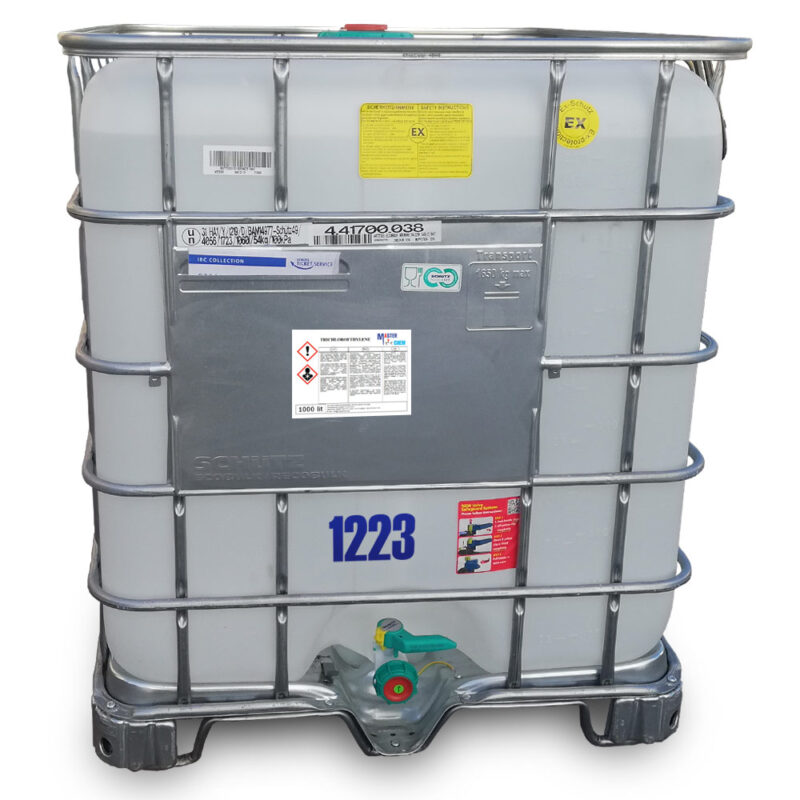Methyl alcohol (methanol) (CAS 67-56-1)
Other names: Carbinol, Columbian spirits, Hydroxymethane, Methyl alcohol, Methyl hydrate, Methyl hydroxide, Methylic alcohol, Methylol, Pyroligneous spirit, Wood alcohol, Wood naphtha, Wood spirit
Methanol, also known as methyl alcohol among others, is a chemical with the formula CH3OH (often abbreviated MeOH). Methanol acquired the name wood alcohol because it was once produced chiefly as a byproduct of the destructive distillation of wood. Today, industrial methanol is produced in a catalytic process directly from carbon monoxide, carbon dioxide, and hydrogen.
CAS: 67-56-1
Methylene chloride (CAS 75-09-2)
Other names: methylene chloride, dichloromethane
Description:
A popular industrial solvent is an organic compound derived from methane. Mobile transparent liquid without color, volatile, with a characteristic sharp, sweet smell of ether. Slightly soluble in water. It is highly soluble in organic solvents. When dissolved in hot water, it is destroyed, decomposing into hydrochloric acid and formaldehyde. Low toxic compared to other solvents. It reacts with chlorine to produce chloroform. Reacts with other halogens: iodine, bromine. It interacts with alcoholic and aqueous solutions of ammonia. As a result of the reaction with aqueous ammonia, formic and hydrochloric acids and methylamine are obtained. It reacts with aromatic hydrocarbons, for example, with benzene.
CAS: 75-09-2
Metylisobutylketon (CAS 108-10-1)
Other names: Metylisobutylketon, 4-Methyl-2-pentanone, Isopropylacetone, Hexone, Isobutyl methyl ketone, 2-Methylpropyl methyl ketone, 4-Methyl-2-oxopentane, MIK, Isobutylmethyl ketone, MIBK, Isohexanone
Methyl isobutyl ketone (MIBK) is the organic compound with the formula (CH3)2CHCH2C(O)CH3. This colourless liquid, a ketone, is used as a solvent for gums, resins, paints, varnishes, lacquers, and nitrocellulose.
CAS: 108-10-1
Mosstanol Master
Mosstanol Master is mainly used as a diluent in paints and varnishes, in the printing industry as an environment for ink, window cleaner / washer fluid, fuel mixing, adhesives, air fresheners, varnishes, antifreeze and compressed air systems. icer. The main end-user markets are the printing, paint, engine, consumer and adhesive industries.
Nitric acid 56-58% (CAS 7697-37-2)
The pure compound is colorless, but older samples tend to acquire a yellow cast due to decomposition into oxides of nitrogen and water. Most commercially available nitric acid has a concentration of 68% in water. When the solution contains more than 86% HNO3, it is referred to as fuming nitric acid. Depending on the amount of nitrogen dioxide present, fuming nitric acid is further characterized as red fuming nitric acid at concentrations above 86%, or white fuming nitric acid at concentrations above 95%.
Nitric acid is the primary reagent used for nitration – the addition of a nitro group, typically to an organic molecule. While some resulting nitro compounds are shock- and thermally-sensitive explosives, a few are stable enough to be used in munitions and demolition, while others are still more stable and used as pigments in inks and dyes. Nitric acid is also commonly used as a strong oxidizing agent.
CAS: 7697-37-2
Nitro Thinner 646
Nitro solvent 646 is a classic nitro solvent. Introducing a mixture of various volatile organic liquids (6 components). The original recipe has a ten-year history and has established itself as the most versatile and high-quality composition with excellent properties. Unfortunately now in Europe you will not find a 100% original composition anywhere, as some components are prohibited for circulation in the European Union. Our recipe preserves all the best properties of this product due to the fact that we have replaced the prohibited components with new generation products that are more environmentally friendly. MasterChem has been manufacturing this solvent directly for 25 years. Nitro solvent is a colorless or slightly yellowish liquid with a characteristic odor. It is used in production and in everyday life for diluting and bringing paints and varnishes to a working consistency. If you want to become a sales representative of our product, we are open to negotiations.
Odorless winter windshield washer fluid -20°C
Odorless winter windshield washer fluid -20°C
For professional use only!
For year-round use in a car windshield washer system. Prevents the washing system from freezing down to -20 ° C. Protects glass from freezing and wear. With good washing properties. Excellent removal of various dirt and grease residues. Does not form a disturbing film, does not damage rubber or plastic.
Odorless winter windshield washer fluid -40°C
Odorless winter windshield washer fluid -40°C
For professional use only!
For year-round use in a car windshield washer system. Prevents the washing system from freezing down to -40 ° C. Protects glass from freezing and wear. With good washing properties. Excellent removal of various dirt and grease residues. Does not form a disturbing film, does not damage rubber or plastic.
Ortofosforhape 85% (CAS 7664-38-2)
Molecular formula of orthophosphoric acid: H3PO4
INDEX: 015-011-00-6
CAS: 7664-38-2
EC: 231-633-2
IUPAC name
Phosphoric acid
Applications of orthophosphoric acid: as an intermediate in chemical synthesis, as a component in mixtures, as a metal surface treatment, as a detergent and cleaning agent, as an additive in the chemical industry, as a fertilizer, as an auxiliary in soldering, in polishing and wax mixtures, in descaling compositions.
Phosphoric acid is used in food as an additive (additive E338), in cosmetics and in feed.
Sodium hypochlorite 12 – 15% (CAS 7681-52-9)
Disinfection from COVID-19 should be done with 0.1-0.5% sodium hypochloride solution (WHO and Health Department recommendation)
Styrene (CAS 100-42-5)
Styrene (CAS 100-42-5)
Styrene, also known as ethenylbenzene, vinylbenzene, and phenylethene, is an organic compound with the chemical formula C6H5CH=CH2. This derivative of benzene is a colorless oily liquid that evaporates easily and has a sweet smell, although high concentrations have a less pleasant odor. Styrene is the precursor to polystyrene and several copolymers.
Tetrachloroethylene (CAS 127-18-4)
Other names: Tetrachloroethylene, Perchloroethene, Perchloroethylene, Perc, PCE
Tetrachloroethylene, also known under the systematic name tetrachloroethene, or perchloroethylene (“perc” or “PERC”), and many other names, is a chlorocarbon with the formula Cl2C=CCl2. It is a colorless liquid widely used for dry cleaning of fabrics, hence it is sometimes called “dry-cleaning fluid”. It has a sweet odor detectable by most people at a concentration of 1 part per million (1 ppm). Worldwide production was about 1 million metric tons (980,000 long tons; 1,100,000 short tons) in 1985.
CAS: 127-18-4
Thinner Butyl acetate BT-5090
BT-5090 butyl acetate solvent is designed to reduce the viscosity of transparent or tinted polyurethane varnishes, as well as for paints before applying them in different ways. It can be used for washing various varnish-and-paint equipment. It is also used to maintain and reduce the viscosity of coatings for application by spraying or dipping processes.
Thinner Nitro NS-5001
Thinner NS-5001 is a mixture of esters, acetates, alcohol, aromatic solvents and ketones suitable diluents to all nitro products.
Thinner Nitro NS-5005 industrial thinner
NITRO THINNER NS-5005 is modified thinner NS-5001This product also as a mixture of quality organic solvents (6 components), but percentage of content ketones is smaller. And as a result has higher flashpoint. Recomend to use in enterprices with automatic equipment. This is a product used for thinning lacquers, paints, enamel, varnishes and for cleaning the corresponding brushes, rollers and other tools. MasterChem produce this product directly.
Thinner Nitro NT-5000
THINNER NITRO, as a mixture of quality organic solvents (6 components).This is a product used for thinning lacquers, paints, enamel, varnishes and for cleaning the corresponding brushes, rollers and other tools. MasterChem produce this product directly.
Thinner R4
Thinner P4 is a standard solvent for metal paints. It is a mixture of three organic liquids (aromatic hydrocarbons, ketones, esters). Easily launders various contaminants. MasterChem has been producing this solvent directly for over 20 years.
Toluene (CAS 108-88-3)
Other names: Phenyl methane, Toluol, Anisen, Methyl benzene
Toluene, also known as toluol, is an aromatic hydrocarbon. It is a colorless, water-insoluble liquid with the smell associated with paint thinners. It is a mono-substituted benzene derivative, consisting of a CH3 group attached to a phenyl group. As such, its IUPAC systematic name is methylbenzene. Toluene is predominantly used as an industrial feedstock and a solvent.
CAS: 108-88-3
Trichloroethylene (CAS 79-01-6)
Other names: 1,1,2-Trichloroethene, 1,1-Dichloro-2-Chloroethylene, 1-Chloro-2,2-Dichloroethylene, Acetylene Trichloride, TCE, Trethylene, Triclene, Tri, Trimar, Trilene, HCC-1120
The chemical compound trichloroethylene is a halocarbon commonly used as an industrial solvent. It is a clear non-flammable liquid with a sweet smell. It should not be confused with the similar 1,1,1-trichloroethane, which is commonly known as chlorothene.
The IUPAC name is trichloroethene. Industrial abbreviations include TCE, trichlor, Trike, Tricky and tri. It has been sold under a variety of trade names. Under the trade names Trimar and Trilene, trichloroethylene was used as a volatile anesthetic and as an inhaled obstetrical analgesic in millions of patients.
CAS: 79-01-6

